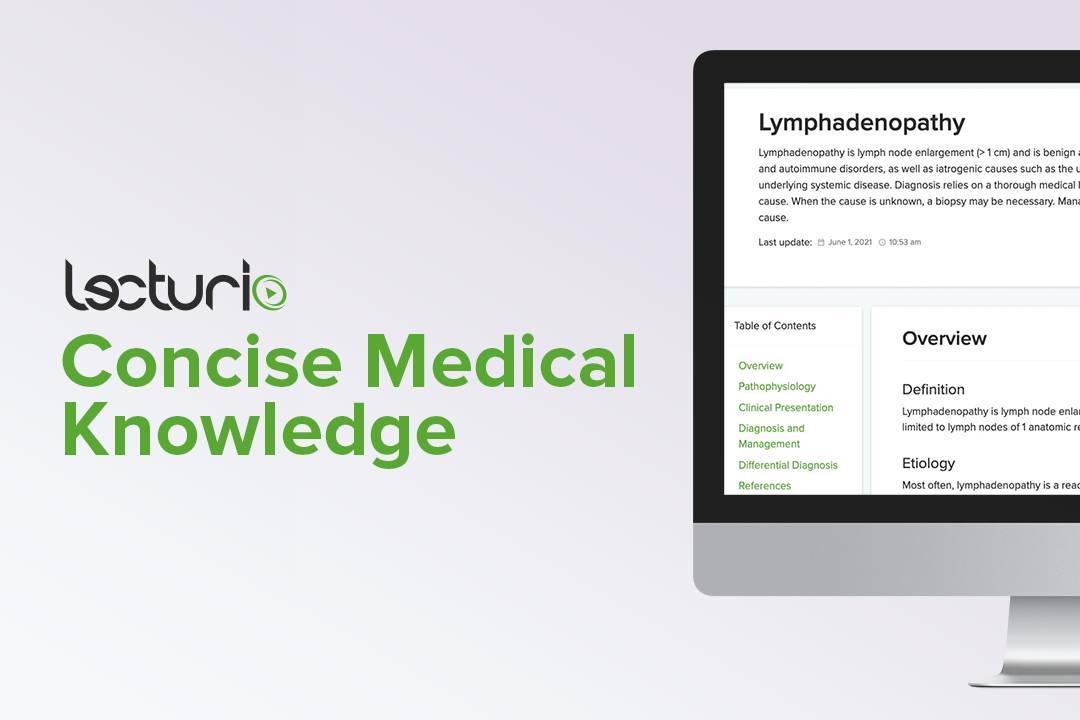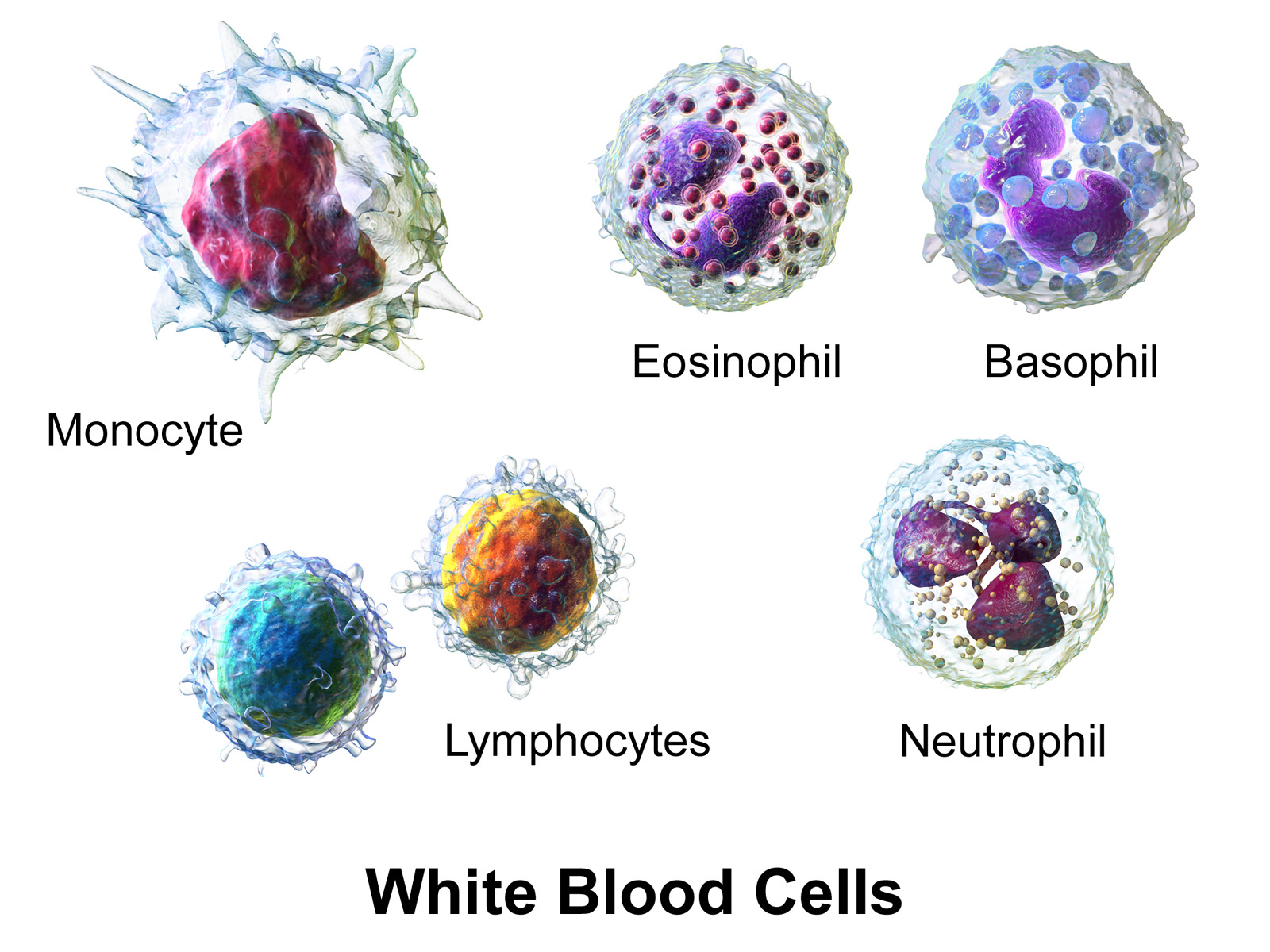Playlist
Show Playlist
Hide Playlist
Lymphadenopathy: Diffuse Large B-Cell Lymphoma – White Blood Cell Pathology
-
Slides Lymph Nodes.pdf
-
Download Lecture Overview
00:04 A non-Hodgkin’s lymphoma, also very common, a diffuse large B-cell lymphoma. 00:10 Here, officially, you will be responsible for at least three different ways in which your patient is going to develop diffuse large B-cell lymphoma. 00:19 We officially have spoken and completed one possible method or progression and that’s from your follicular B cell lymphoma with translocation 14;18. 00:30 A second that I briefly mentioned would be your Richter syndrome that then developed from CLL. 00:37 With that said, 30% of your diffuse large B-cell lymphoma, where are you? Lymph node. 00:46 With involvement of the lymph node, this will be the follicle and large replacement. 00:52 You have large B-cells. 00:54 In follicular lymphoma, in the follicle, these are small cleaved B-cells. 01:00 These are large B-cells located in the follicle. 01:05 Also, what I wish to mention here because at some point, when you have a discussion with an oncologist, they might be referring to diffuse large B-cell lymphoma of the GI. 01:15 And that’s extranodal involvement of diffuse large B-cell lymphoma. 01:19 I said extranodal because what category or family does DLBCL come under? It comes under non-Hodgkin’s lymphoma. 01:28 Give me some common characteristics of non-Hodgkin’s lymphoma. 01:32 What kind of spread in lymph node? Non-contiguous, non. 01:37 And what about the involvement of extranodal sites, common or rare in NHL? Common. 01:45 Commonly in the GI. 01:48 20-30% carry translocation and here’s your third type of development of your DLBCL. 01:56 And this would be BCL-6, and that’s something that you absolutely must memorize. 02:00 The gene involved in regulation of BCL differentiation, BCL-6, 14;18, and a third one that we will mention in going to greater detail, will be Richter syndrome. 02:13 Diffuse large B-cell lymphoma is common in immunodeficient patients. 02:17 Therefore, look for patients who may then develop diffuse large B-cell lymphoma with HIV involving both EBV or perhaps even HHV-8. 02:30 Now, remember EBV could be all over the place. 02:33 And the fact that you may actually develop large B-cell lymphoma. 02:36 In HHV8, be careful, HIV patient, sure you know about Kaposi's sarcoma. 02:43 Apart from Kaposi's, remember immunocompromised patient with HHV-8 may also then give rise to diffuse large B-cell lymphoma. 02:51 Pay special attention to HIV or immunocompromised patients with DLBCL. 02:57 Students tend to forget about this manifestation of HIV. 03:04 As you would expect on morphology, there will be diffuse replacement of lymph node parenchyma with large pleomorphic cells. 03:13 What does pleomorphic mean to you? Different sizes and shapes of your particular cell. 03:19 In this case, yes, you have large B-cells, but they’re not all uniform in size, but they’re definitely large. 03:25 Where are you right now? In your lymph node. 03:28 And tell me about the characteristic of a lymph node. 03:30 It doesn’t hurt. 03:31 It’s non-tender. 03:35 DLBCL, who’s your patient? Older, but with a wide range. 03:40 Patients usually present with rapidly enlarging mass. 03:43 You do not have an indolent course rapidly involving. 03:48 Once again, an important point, not only do you have nodal involvement, but commonly you would have extranodal involvement usually affecting the GI system. 03:58 Because of involvement of the lymph node and the rapid growth of it, the symptoms oftentimes you would expect to see would be mass effect because of the enlargement of the lymph node, tissue destruction. 04:10 Now DLBCL is very aggressive, but may respond quite well to chemotherapy with the lasting remissions seen in 50% of the patients. 04:20 Thank goodness that is a very impressive number. 04:24 A lot of times what you’ll notice and you talked about this when you did antineoplastics in pharmacology, is the fact that if you have a cell that is rapidly, rapidly dividing, the cells that inhibit the division might be quite effective against such cancers. 04:39 Example for this as well, HER-2/neu positive in breast cancer.
About the Lecture
The lecture Lymphadenopathy: Diffuse Large B-Cell Lymphoma – White Blood Cell Pathology by Carlo Raj, MD is from the course Lymphadenopathy – White Blood Cell Pathology (WBC).
Included Quiz Questions
which of the following is commonly associated with diffuse large B-cell lymphoma?
- Epstein-Barr virus
- Human herpesvirus 6
- Human papillomavirus
- Merkel cell polyomavirus
Diffuse large B-cell lymphoma is commonly seen in which of the following age groups?
- 50-70
- 10-15
- 25-30
- 20-25
- 15-20
Customer reviews
5,0 of 5 stars
| 5 Stars |
|
5 |
| 4 Stars |
|
0 |
| 3 Stars |
|
0 |
| 2 Stars |
|
0 |
| 1 Star |
|
0 |





